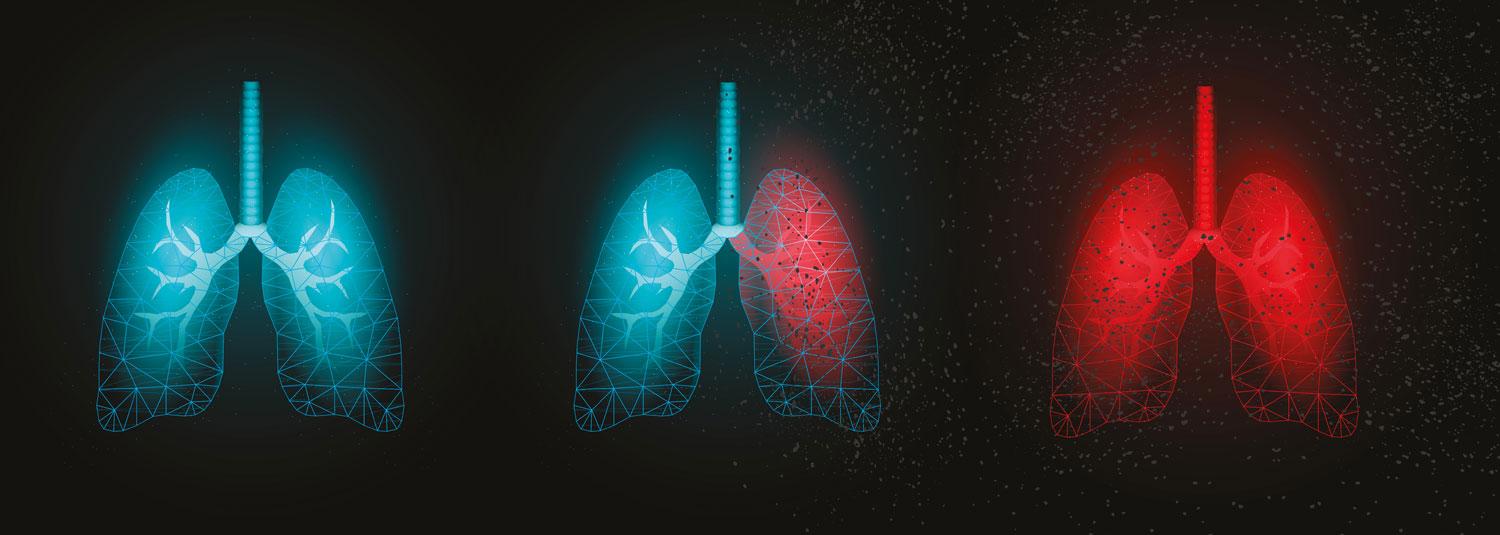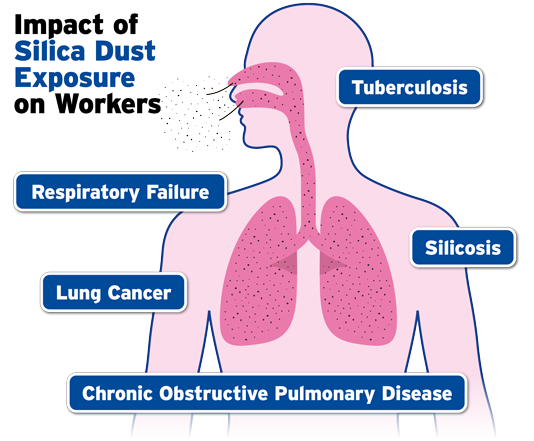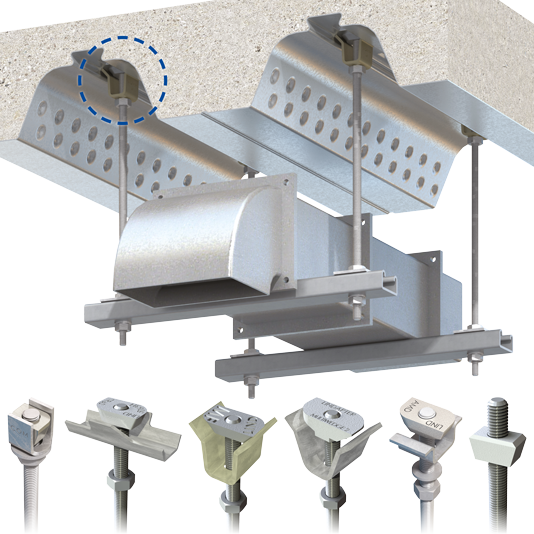 Add My Company
Add My Company

Found extensively in construction and numerous industries, silica accounts for 95% of rock composition. However, inhaling silica dust during the process of cutting, grinding, sanding, or drilling concreate presents serious health concerns. Both companies and workers need to take precautions on a regular basis to prevent this issue. This article delves into the health implications of silica dust, highlights the Lindapter solution that eliminates the need for drilling, and acknowledges the importance of dust extraction systems in situations where stonework is unavoidable.
The Dangers of Silica Dust
Silica dust is a hazardous substance that can have severe health consequences when inhaled. Prolonged exposure to airborne silica particles can lead to a range of respiratory issues, including silicosis, lung cancer, and other respiratory diseases. It is crucial for individuals working in construction and related industries to understand the risks associated with silica dust and take proactive steps to mitigate them.

The Lindapter Solution
Known for its innovative technical solutions, Lindapter Decking Fixings are an excellent example of how innovative engineering solutions can improve workplace safety while maintaining high levels of performance and efficiency.
By utilising Lindapter Decking Fixings, construction professionals can suspend building services without the need to drill through the deck into the concrete above. This eliminates the release of large amounts of silica dust into the air, thereby significantly reducing the health risks faced by workers.

Lindapter Decking Fixings offer numerous advantages beyond dust reduction. These high-quality and cost-effective fixings provide a secure point of attachment for building services, ensuring guaranteed load capacities. By utilising the re-entrant channels already present in the profiles, Lindapter's solution eliminates the need for time-consuming and potentially hazardous drilling procedures. Workers can enjoy increased efficiency and productivity while working in a safer environment.
While Lindapter's solution offers a remarkable way to eliminate the release of silica dust, it is important to acknowledge that there will still be instances where construction workers need to perform tasks involving grinding, sanding, or drilling. In such cases, it becomes essential to implement effective dust extraction systems to minimise exposure and protect worker health.
Types of Dust Extraction Systems:
- Local Exhaust Ventilation (LEV)
- Dust Control Systems
- Portable Dust Extractors
You can find more about these systems in the article “Why exposure to dust is an issue” by Ira Morris, on pages 12-13 in the Modern Building Services Magazine.
Alternatively, read more about “Why are construction workers still dying from dust exposure”.
By embracing a comprehensive approach that combines engineering solutions with effective dust control measures, the industry can prioritise worker safety without compromising efficiency and productivity.
For more information on Safeguarding Worker Health: The Hidden Dangers of Silica Dust and the Lindapter Solution talk to Lindapter International

